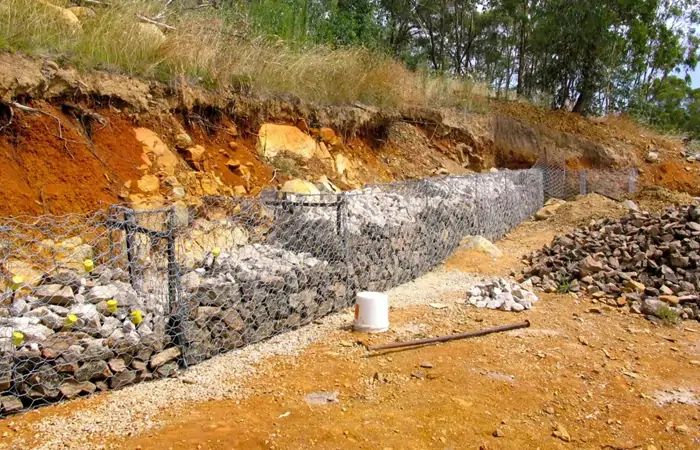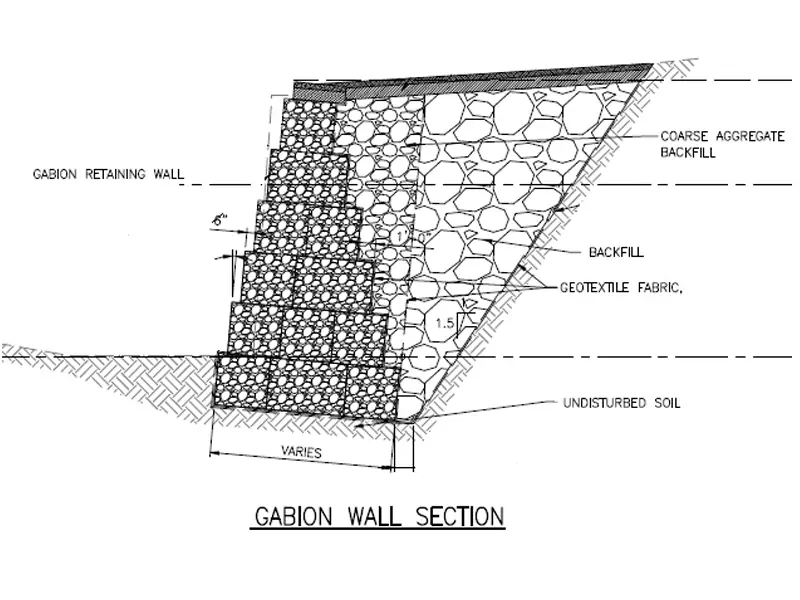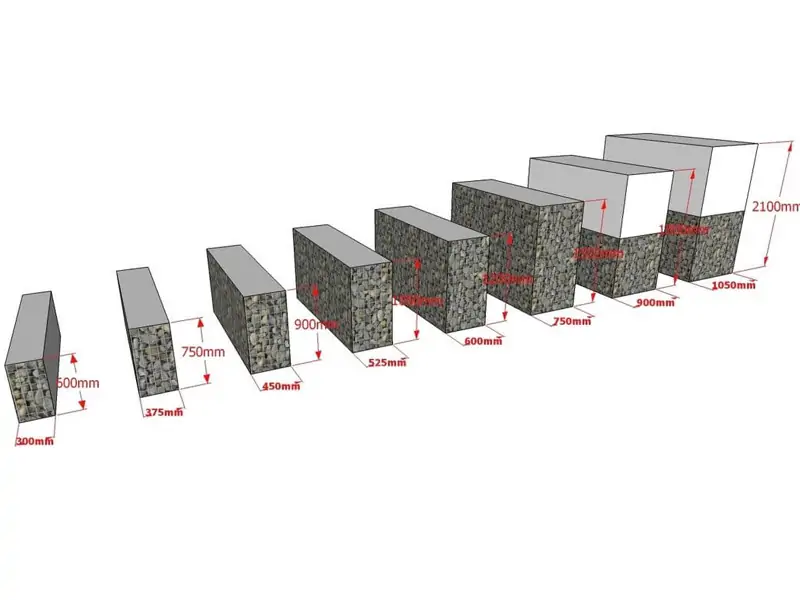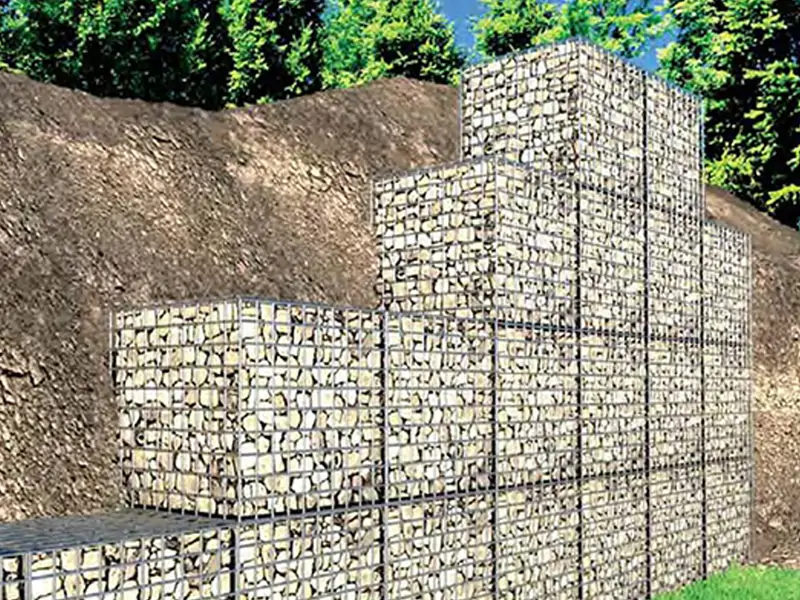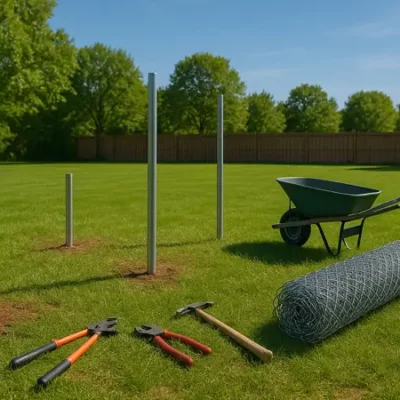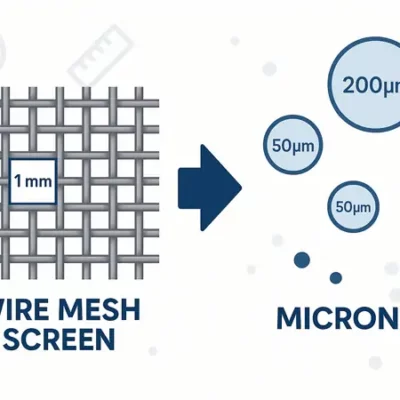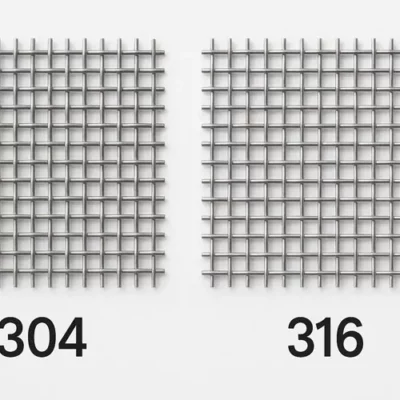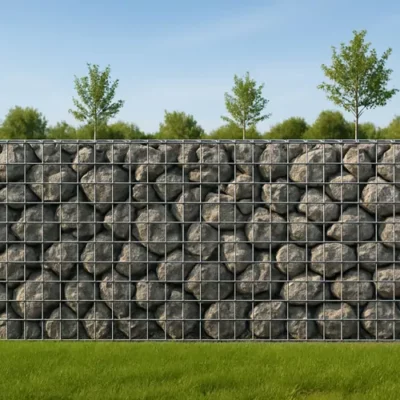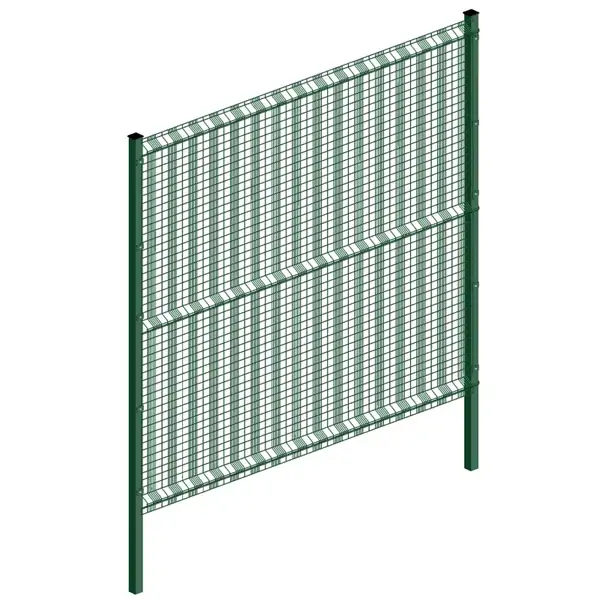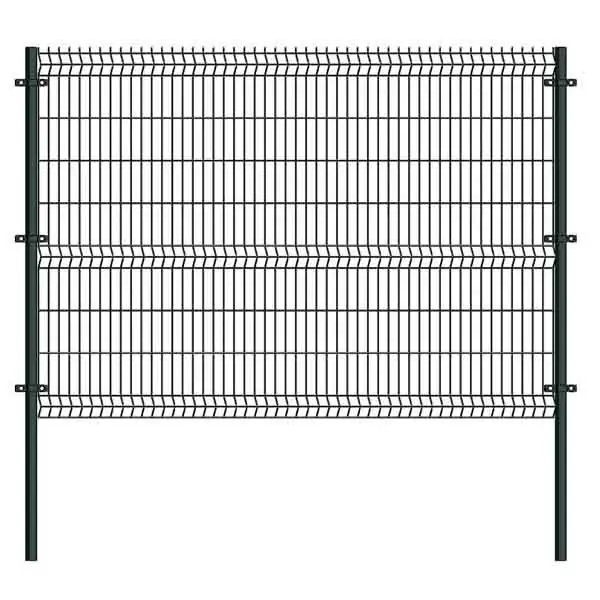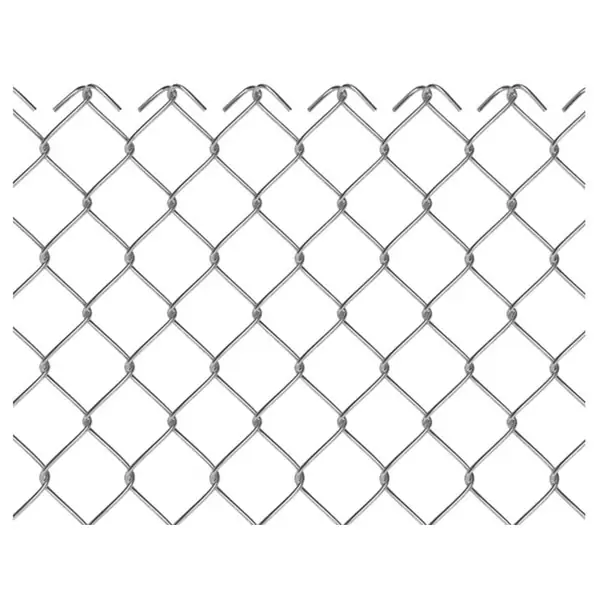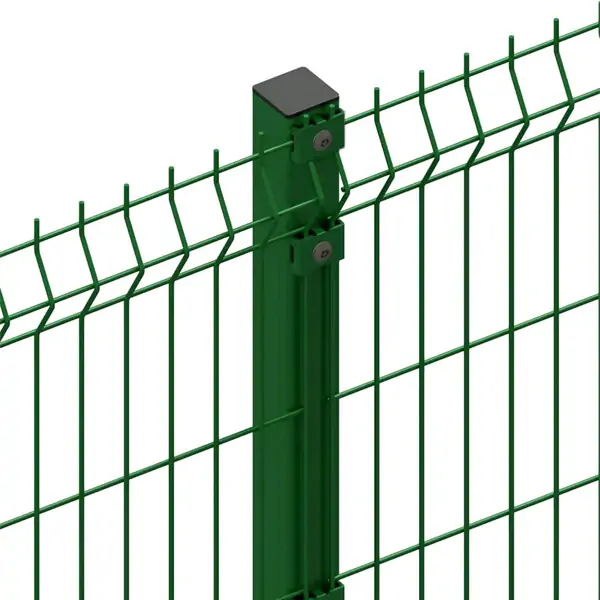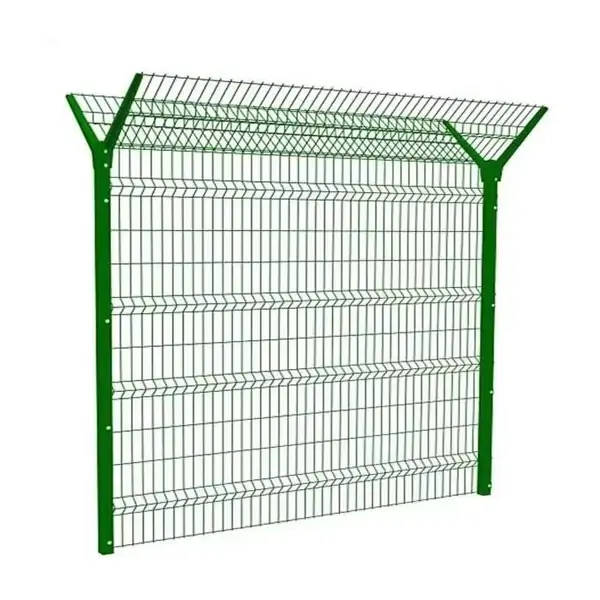Table of Contents
ToggleIntroduction
Are you planning to build a gabion wall for a sloped area but aren’t sure how much it will cost? Calculating the cost of a gabion wall can be a complex process, as it involves several factors such as material costs, labor costs, and site-specific conditions. However, with the right information and a step-by-step approach, you can accurately estimate the cost of your gabion wall. In this comprehensive guide, we’ll provide you with all the information you need to calculate the cost of a gabion wall for a sloped area.
Understanding Gabion Wall Components
Before we dive into the cost calculation, let’s first understand the components of a gabion wall. Gabion walls are made up of wire mesh baskets filled with stone or other aggregate materials. The wire mesh baskets are typically made of galvanized or PVC-coated steel, which provides durability and strength. The fill materials can vary, depending on the specific application and location.
The design of the gabion wall will also impact its cost and functionality. Different designs can be used to achieve different aesthetics and structural requirements. For example, some gabion walls may have stepped designs to follow the slope of the terrain, while others may be straight and vertical. The design you choose will depend on your specific needs and preferences.
Installing a gabion wall involves several steps, including measuring the area, assembling the baskets, filling them with aggregate materials, and securing them in place. The tools and equipment required for installation will depend on the size and complexity of the wall.
Factors Influencing Gabion Wall Cost
Several factors can influence the cost of a gabion wall, including:
- Geographic Location: Material and labor costs can vary significantly depending on your location. For example, the cost of stone and aggregate materials may be higher in some regions than others. Additionally, transportation and logistics costs can also vary depending on your proximity to suppliers and installers.
- Site-Specific Conditions: The slope of the area, soil type, and groundwater conditions can all impact the cost of your gabion wall. Steeper slopes may require more material and labor to stabilize, while soft soil may require additional reinforcement.
- Wall Dimensions and Complexity: The size and complexity of your gabion wall will also affect its cost. Larger walls require more material and labor, while complex designs may require specialized tools and equipment.
- Material Costs: The cost of wire mesh and fill materials can vary depending on the type and quality you choose. Galvanized steel wire mesh is generally more durable than uncoated steel, but it also costs more. Similarly, the cost of fill materials can vary depending on the type and availability.
- Labor Costs: The cost of labor can vary depending on the region and the skill level of the installers. Skilled laborers may charge more for their services, but they also tend to be more efficient and produce higher-quality work.
Step-by-Step Calculation Method
Now that we’ve covered the factors that influence gabion wall cost, let’s dive into the step-by-step calculation method.
- Measure the Sloped Area: The first step is to measure the area where you plan to install the gabion wall. Use a tape measure or laser level to accurately measure the length, width, and slope of the area. Be sure to account for any irregularities in the terrain.
- Estimate Material Quantities: Once you have the measurements, you can calculate the number of gabion baskets you’ll need. Multiply the length and width of the area to get the total square footage, and then divide by the square footage of one gabion basket. This will give you the number of baskets required. You’ll also need to estimate the amount of fill material required, based on the size and weight of the baskets.
- Determine Labor Costs: Next, you’ll need to estimate the cost of labor. Research the average labor rates in your area for gabion wall installation, and then multiply by the number of hours required to complete the project. Be sure to factor in any additional costs for specialized tools or equipment.
- Add Additional Costs: In addition to material and labor costs, you’ll also need to consider additional costs such as permits, inspections, and engineering fees. Be sure to research the requirements for your location and budget for these expenses.
- Summary of Calculation: Finally, create a summary of your cost calculation, including all material, labor, and additional costs. This will give you a clear understanding of the total cost of your gabion wall project.
Tips for Reducing Gabion Wall Cost
While it’s important to accurately calculate the cost of your gabion wall, there are also ways to reduce costs while still achieving the desired results. Here are some tips for reducing gabion wall cost:
- Design Optimization: Simplifying the design of your gabion wall can reduce material and labor costs. Consider using standard sizes and configurations to make installation more efficient.
- Material Selection: Choosing cost-effective alternatives for wire mesh and fill materials can also reduce costs. Consider using locally sourced materials or recycled aggregates to save on transportation and disposal costs.
- Efficient Installation Practices: Streamlining the installation process can reduce labor costs. Use machinery and automation to improve efficiency, and consider hiring a team with experience in gabion wall installation to ensure quality work.
- Negotiating with Suppliers: Building relationships with suppliers can help you get the best prices on materials. Ask for volume discounts or negotiate prices based on your project size and timeline.
Conclusion
Calculating the cost of a gabion wall for a sloped area can be a complex process, but with the right information and a step-by-step approach, you can accurately estimate the cost of your project. By understanding the components of a gabion wall, the factors that influence cost, and the step-by-step calculation method, you can plan and budget for your project effectively. Additionally, by following our tips for reducing costs, you can save money while still achieving the desired results. Remember to research the requirements for your location and consider consulting with a professional if needed. With careful planning and execution, you can build a durable and cost-effective gabion wall for your sloped area.

